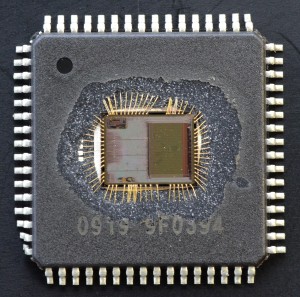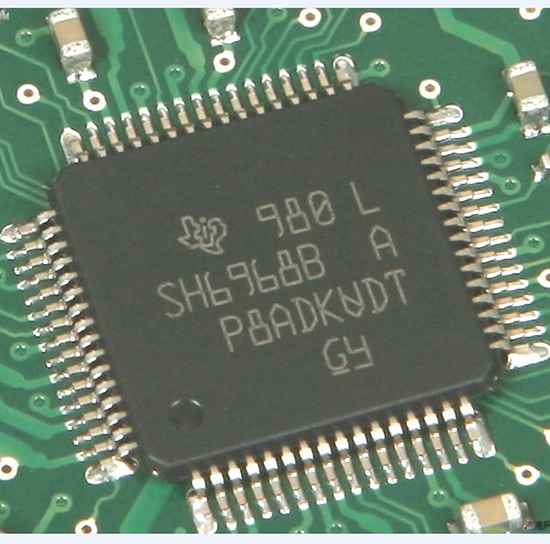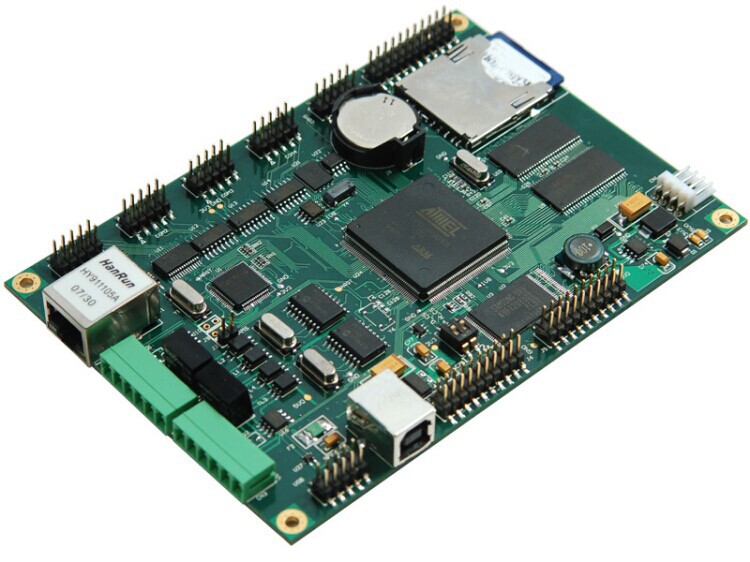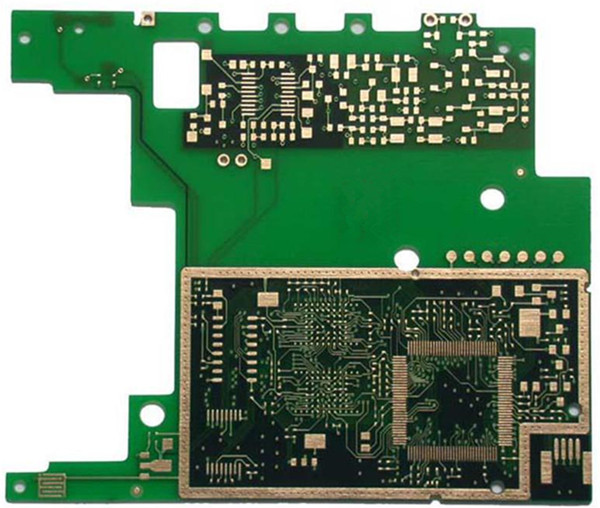PCB Manufacturers-Introducing Valuable From China
Introduction to PCB Manufacturing in China China has emerged as a global leader in the manufacturing of Printed Circuit Boards (PCBs). The country's PCB industry has experienced tr
PCB REVERSE ENGINEERING
IC Unlock + PCB Reverse engineering Services - We will crack your IC sample. You will receive IC program in Bin / Hex file for burning any new ICs
PCB to schematic, Schematic to Gerber file, PCBA to Schematic Gerber & Bom List
We focus on a strategy of continuous customer-centric innovation. The goal is to deliver timely solutions for anticipated and actual customer.
We offer our customers from around the world to maintain a very good communication and product support services.
We will reverse engineer your PCB sample, and deilver the engineering file into:1. PCB 2. Gerber File 3. BOM List 4. Schematic Diagram
16 years deep in the reverse analysis of integrated circuit technology, senior technical team, skilled, experienced in a variety of blind buried hole PCB , laser blind hole board, UHF board, ceramic board , component density, all over the microstrip lines and other long lines, high-frequency processing requirements and strict control of electromagnetic compatibility of the communication board copy




All about PCB Reverse Engineering & IC Crack
Introduction to PCB Manufacturing in China China has emerged as a global leader in the manufacturing of Printed Circuit Boards (PCBs). The country's PCB industry has experienced tr
What are Circuit Simulators? Circuit simulators are software tools that allow you to create and simulate electronic circuits on a computer. They provide a virtual environment where
Introduction to X-Rated Capacitors X-rated capacitors, also known as across-the-line capacitors or line-to-line capacitors, are essential components in transformerless power suppli